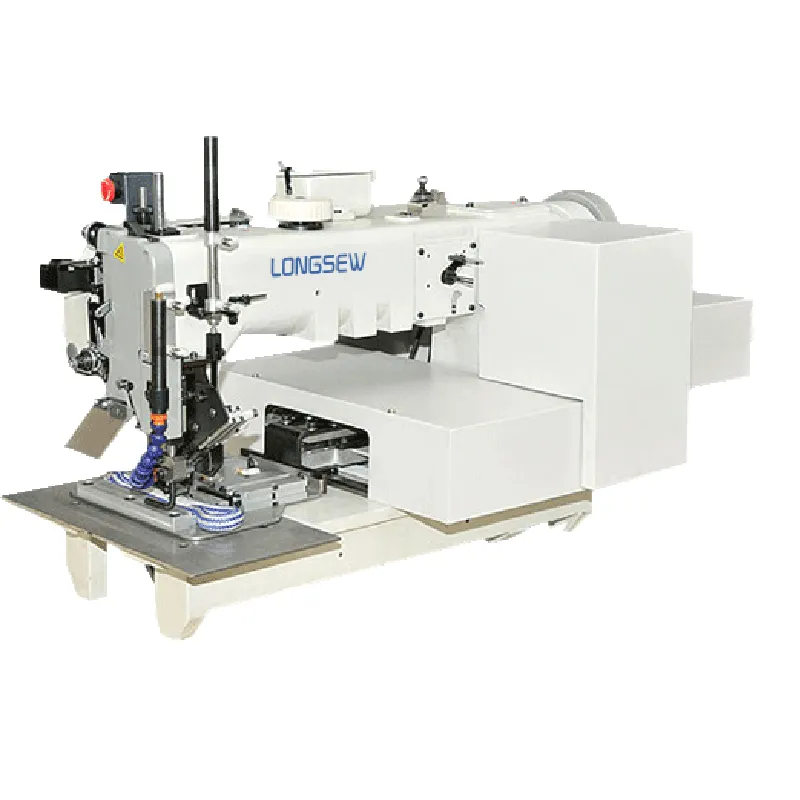Upholstery Sewing Machines for Handcrafted Furniture and Creative Projects
The Art and Functionality of Upholstery Hand Sewing Machines
Upholstery has long been a revered craft, blending artistry with practical skills to create functional and aesthetically pleasing furniture. Among the tools in an upholsterer's arsenal, hand sewing machines have played a pivotal role in maintaining the integrity and beauty of upholstered items. This article delves into the functionality, advantages, and nuances of upholstery hand sewing machines.
What Is an Upholstery Hand Sewing Machine?
An upholstery hand sewing machine is a specialized tool designed to assist artisans in sewing tough fabrics, such as leather, canvas, and heavy upholstery textiles. Unlike standard sewing machines, which may struggle with the thickness and durability required for upholstery materials, these machines are tailored to handle the intricacies of upholstery work. They often feature strong motors and specialized needles that can penetrate multiple layers of thick fabric with ease, allowing for clean and precise stitching.
Advantages of Using Upholstery Hand Sewing Machines
1. Strength and Durability Upholstery fabrics are typically heavier and more durable than regular fabrics. Hand sewing machines are equipped to handle these tougher materials, ensuring strong seams that can withstand daily wear and tear.
2. Precision Precision is crucial in upholstery work. A hand sewing machine allows for more controlled stitching, enabling craftsmen to work on intricate details with accuracy, particularly in areas that require careful alignment, such as borders and seams.
3. Versatility These machines are not limited to sewing fabric. They can also work with leather, synthetic materials, and foam, providing upholstery professionals the flexibility to tackle a wide range of projects.
4. Portability Many upholstery hand sewing machines are designed to be portable, allowing craftsmen to take their work wherever they go. This flexibility can be particularly useful for mobile upholstery services or small business owners who need to operate from various locations.
upholstery hand sewing machine

5. Cost-Effectiveness While high-end upholstery sewing machines can be an investment, hand sewing machines tend to be more affordable. They require less maintenance than larger machines, making them a cost-effective choice for both hobbyists and professionals.
Techniques in Using Upholstery Hand Sewing Machines
Using an upholstery hand sewing machine effectively requires a blend of skill and technique. Here are some key practices
- Choosing the Right Needle and Thread The selection of the appropriate needle size and thread type is crucial. Upholstery threads are usually thicker and designed to withstand stress, while needles in heavier sizes can penetrate dense materials easily.
- Adjusting Tension Proper tension adjustments prevent puckering and ensure even stitches. Each fabric type may require different tension settings, making it essential to test on scrap pieces before beginning the final project.
- Sewing Techniques Familiarity with various stitches, such as backstitch or whip stitch, is imperative in upholstery. These techniques not only enhance durability but also contribute to the overall aesthetic of the finished product.
The Future of Upholstery Hand Sewing Machines
As technology continues to evolve, so does the world of upholstery. Hand sewing machines are starting to incorporate more modern features, such as digital displays and adjustable settings, while maintaining their core purpose. Sustainability is also becoming a focus, with manufacturers seeking to create eco-friendly materials for both machines and threads.
In conclusion, the upholstery hand sewing machine remains a vital component in the art of upholstery. Its strength, precision, and versatility empower artisans to create beautiful and lasting furniture pieces that enhance the beauty of any space. For anyone interested in exploring the craft of upholstery, mastering the use of a hand sewing machine is an essential step toward unlocking a world of creative possibilities.
-
Boost Production Efficiency with a Pattern Sewing MachineNewsAug.29,2025
-
Industrial Excellence with the Best Heavy Duty Sewing MachineNewsAug.29,2025
-
Precision and Power with the Best Pattern Sewing MachineNewsAug.29,2025
-
Reliable Bulk Packaging Starts With the Right FIBC Sewing MachineNewsAug.29,2025
-
Advanced Packaging Solutions: Elevate Productivity with Jumbo Bag Sewing Machine and Industrial Stitching EquipmentNewsAug.29,2025
-
High-Performance Solutions for Bulk Packaging: FIBC Sewing Machine and MoreNewsAug.29,2025
-
Maximize Efficiency with an Industrial Cylinder Arm Sewing MachineNewsAug.28,2025


























